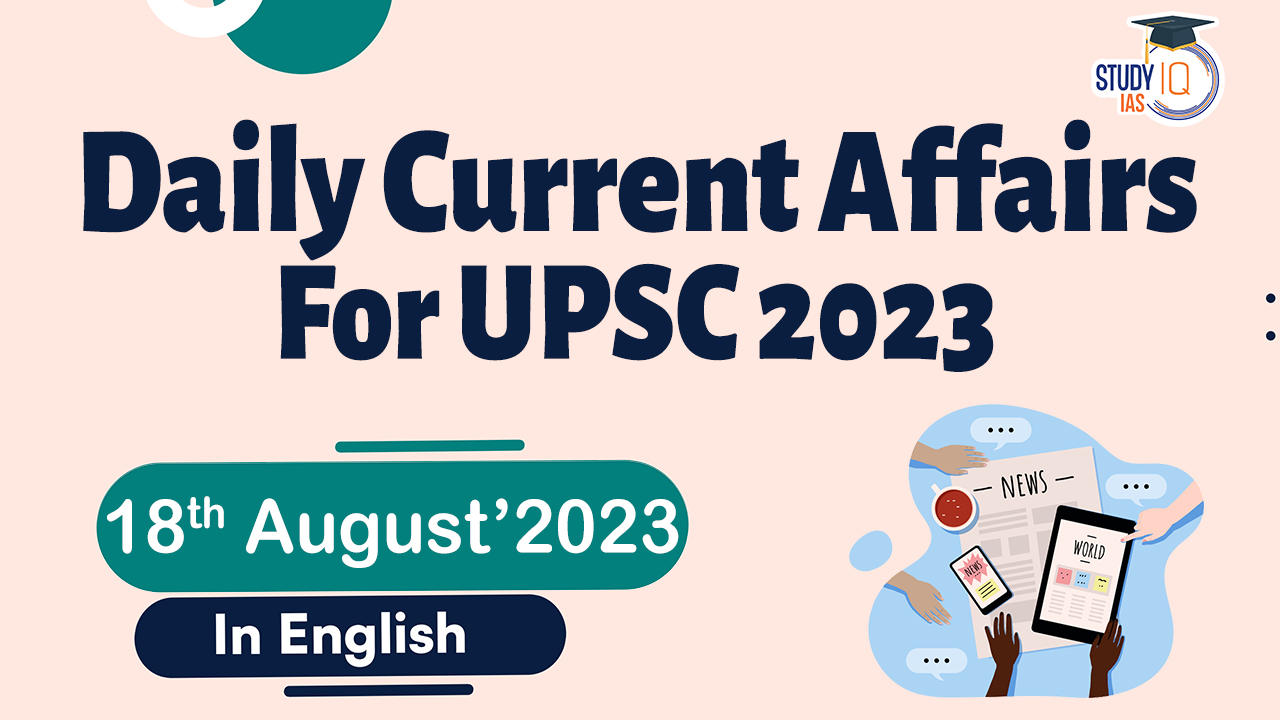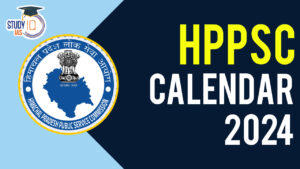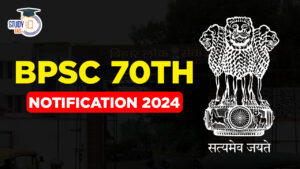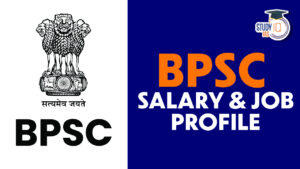Daily Current Affairs for UPSC 2023
Q) Which one of the following statements is correct?
- The Digital India Program was launched in 2016.
- Aadhaar provides 10 digits biometric and demographic-based identity.
- eSanjeevani was launched by the Ministry of Defence for defence personnel.
- DigiBunai is an Open-Source software for Jacquard and dobby weaving.
Daily Current Affairs for UPSC – 17 August April 2023
Explanation:
- Option (1) is incorrect: The Digital India Program is a Government of India flagship program launched in 2015 with a vision of transforming India into a digitally empowered society and information economy.
- Option (2) is incorrect: Aadhaar provides 12 digits biometric and demographic-based identity that is unique, lifelong, online and authenticable. It has also given statutory backing through The Aadhaar (Targeted Delivery of Financial and Other Subsidies, Benefits and Services) Act, 2016.
- Option (3) is incorrect: eSanjeevani is a telemedicine service platform of the Ministry of Health & Family Welfare.
- Option (4) is correct: DigiBunai aids the weavers to create digital artwork and translate the saree design to be loaded to the looms. DigiBunai is a first of its kind Open-Source software for Jacquard and dobby weaving.
Q) Consider the following statements:
- Statement – I : There is no comprehensive definition of Traditional medicine around the world.
- Statement – II : Traditional medicine encompasses a wide range of ancient and modern medical practices used in different regions around the world.
Which one of the following is correct in respect to the above statements?
- Both Statement – I and Statement – II are correct and Statement – II is the correct explanation for Statement – I
- Both Statement – I and Statement – II are correct and Statement – II is not the correct explanation for Statement – I
- Statement – I is correct but Statement – II is incorrect
- Statement – I is incorrect but Statement – II is correct
Explanation:
The inaugural worldwide summit on traditional medicine by the World Health Organization (WHO) took place during the G-20 Health Ministers’ meeting in Gandhinagar.
- Statement 1 is incorrect but Statement 2 is correct: Traditional medicine, as defined by the World Health Organization (WHO), refers to the knowledge, skills, and practices that various cultures have developed over time to maintain health, prevent, diagnose, and treat physical and mental illnesses. It encompasses a wide range of ancient and modern practices used in different regions around the world. In India, traditional medicine includes various indigenous practices and therapies that have been part of the country’s historical tradition. The market for medicinal plants in India stood at Rs. 4.2 billion ($ 56.6 million) in 2019 and is expected to increase at a CAGR of 38.5 percent to Rs. 14 billion (US$ 188.6 million) by 2030.
Q) Consider the following statements:
- The Sowa-Rigpa traditional medicine is practiced predominantly in Tamil Nadu and Kerala.
- The Siddha system is a traditional medical system practiced mainly in the Himalayan regions.
- While not originally part of Indian tradition, homoeopathy has become an integral part of India’s traditional medicine practices over the years.
How many of the statements given above are correct?
- Only one
- Only two
- All three
- None
Explanation:
Traditional medicine is deeply intertwined with cultural practices, beliefs, and experiences, making it a valuable repository of diverse healthcare insights.
- Statement 1 is incorrect: Sowa-Rigpa is a traditional medical system practiced mainly in the Himalayan regions such as Sikkim, Arunachal Pradesh, Darjeeling, Lahaul & Spiti, and Leh-Ladakh. It is influenced by both Ayurveda and traditional Tibetan medicine.
- Statement 2 is incorrect: The Siddha system of medicine is practiced predominantly in Tamil Nadu and Kerala. It is an ancient medical system that originated in Tamil Nadu and is based on the concept of maintaining a balance between the five elements (earth, water, fire, air, and ether) in the body.
- Statement 3 is correct: While not originally part of Indian tradition, homoeopathy has become an integral part of India’s traditional medicine practices over the years. Homoeopathy is based on the principle of “like cures like” and uses highly diluted substances to stimulate the body’s healing response.
Q) With reference to education in India, which of the following statements is/are correct?
- The 42nd Amendment to the Indian Constitution in 1976 moved education from the State to the Concurrent List.
- The 86th Amendment to the Indian Constitution in 2002 made elementary education to all children aged 3 to 14 years as an enforceable right under Article 21-A.
Select the correct answer using the code given below:
- 1 only
- 2 only
- Both 1 and 2
- Neither 1 nor 2
Explanation:
The Union Finance Minister recently stated that The New Education Policy 2020 is a progressive and a flexible policy and that States are free to adapt it according to their requirements.
- Statement 1 is correct but Statement 2 is incorrect: Article 45 and Article 39 (f) of Directive Principles of State Policy (DPSP) under the Part IV of Indian Constitution has a provision for state-funded as well as equitable and accessible education. The 42nd Amendment to the Indian Constitution in 1976 moved education from the State to the Concurrent List. The education policies by the Central government provides a broad direction and state governments are expected to follow it. But it is not mandatory, for instance Tamil Nadu does not follow the three-language formula prescribed by the first education policy in 1968. The 86th Amendment to the Indian Constitution in 2002 made elementary education to all children aged 6 [Not 3 years] to 14 years as an enforceable right under Article 21-A.
Q) Consider the following pairs:
| Education Initiatives | Descriptions | |
| 1. | NIPUN Bharat | : To promote competencies in reading, writing, and numeracy by the end of Grade 3 in primary schools by 2026-27. |
| 2. | PM e-VIDYA: | : To promote online e-learning platforms like DIKSHA and offering e-books and e-contents to students across India. |
| 3. | NDEAR | : It is a capacity-building program for teachers and school principals in India. |
How many pairs given above are correctly matched?
- Only one pair
- Only two pairs
- All three pairs
- None of the pairs
Explanation:
- Pair 1 is correctly matched: The vision of National Initiative for Proficiency in Reading with Understanding and Numeracy (NIPUN) Bharat Mission is to create an enabling environment to ensure the universal acquisition of foundational literacy and numeracy, so that every child achieves the desired learning competencies in reading, writing, and numeracy by the end of Grade 3, by 2026-27.
- Pair 2 is correctly matched: PM e-VIDYA initiative aimed to promote online education and digital learning by providing various e-learning platforms like DIKSHA and offering e-books and e-contents to students across India.
- Pair 3 is incorrectly matched: National Initiative for School Heads’ and Teachers’ Holistic Advancement (NISHTHA) is a capacity-building program for teachers and school principals in India. Whereas, National Digital Education Architecture (NDEAR), an architectural blueprint, that lays down a set of guiding principles and building blocks to enable the creation of digital technology-based applications pertaining to education.


 HPPSC Calendar 2024, Check Out Tentetive...
HPPSC Calendar 2024, Check Out Tentetive...
 BPSC 70th Notification 2024, Check Out E...
BPSC 70th Notification 2024, Check Out E...
 BPSC Salary and Job Profile 2024, In Han...
BPSC Salary and Job Profile 2024, In Han...

















